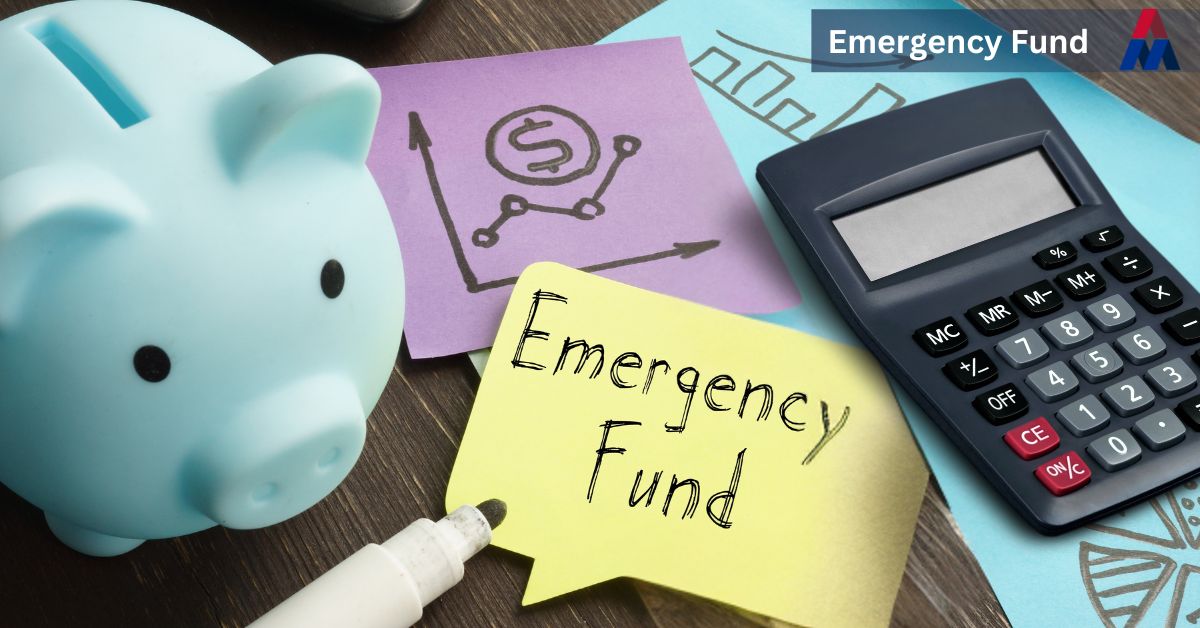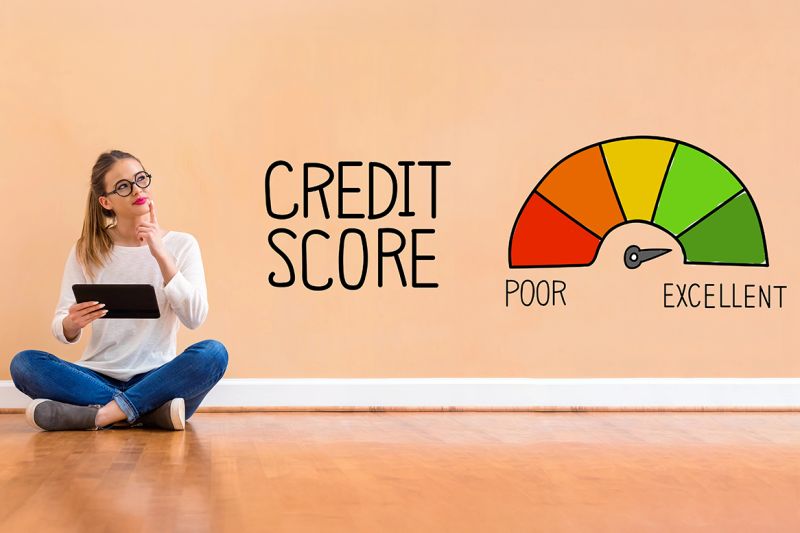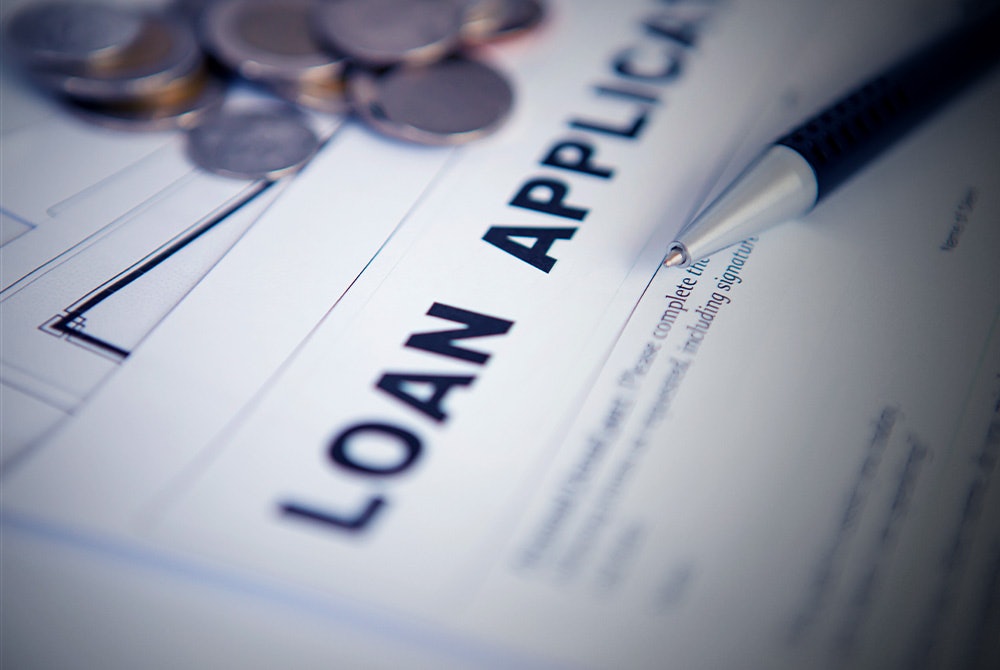Financial emergencies can strike at any moment—medical bills, car repairs, home fixes, or sudden trips all demand cash, fast. If you’re weighing a personal loan vs. a credit card for emergencies, you’re not alone. Choosing the right solution could save you thousands, protect your credit, and reduce stress in a financial storm.
Here, we’ll break down how each option works, compare costs and speed, reveal the pros and cons, and share case studies and expert tips. By the end, you’ll know precisely when a personal loan or credit card is best for your emergency—and how to get approved for both quickly in 2025.
Emergency Funding Basics: Why It Matters
Emergencies don’t wait for paychecks, but the way you fund them can have long-term consequences. Poor choices can trap you in debt with sky-high rates, while smart moves help you weather the storm and bounce back even stronger.
The ideal emergency funding:
- Is fast and stress-free to access
- Has reasonable costs/interest
- Offers flexible repayment
- Protects your credit and financial future
How Personal Loans Work (2025 Update)
When you apply for a personal loan, you will receive a lump sum of money, usually unsecured (no collateral required), offered by banks, credit unions, and digital lenders for almost any purpose—including emergencies.
Key Features:
- Fixed APR: Typically 6–36% (2025 average: 11–17% for good credit)
- Fixed Term: Repaid over 1–7 years in equal installments
- No Collateral: Most don’t require assets (home/car), but credit and income are checked
- Amounts: $1,000–$50,000 (emergency loans often $2–$10k)
- Same-Day Approval: Top fintech lenders fund within 24 hours
How It Works:
- Apply online or through an app.
- Get approved (prequalify with a soft check, then hard credit inquiry).
- Funds are deposited into your account (often on the same or next business day).
- Repay over a set period, with equal monthly payments.
How Credit Cards Work—And What Makes Them Different
Definition: A credit card is a revolving line of credit you can borrow from at any time, up to your assigned limit, and repay at your own pace.
Key Features:
- Variable APR: Average in 2025 is ~20% (range: 16–35% based on credit)
- Flexible Repayment: Make minimum payments (interest accrues on the carried balance)
- Cash Advances: Available, but with higher fees/rates and no grace period
- Rewards/Benefits: Points, cash back, and purchase protections
- Instant Access: Pay by tapping/swiping, or use for online/emergency bookings
How It Works:
- Pay for your emergency with your card.
- Statement arrives; pay in full (no interest) or over time (interest accrues).
- Reuse the available limit as you pay down the balance.
Speed: Which Gets You Emergency Cash Faster?
Credit Cards:
- Fastest Access: If you already have available credit, swipe, tap, or use it for instant purchases.
- Cash Advances: Withdraw cash at an ATM within minutes.
- Opening a New Card: Online approval can be instant (especially for big issuers in 2025), but you may not get the card number or funds for several hours/days.
Personal Loans:
- Top Fintech Lenders: Approval can be same-day; direct deposit within a few hours.
- Traditional Banks/Credit Unions: 1–5 days typical for full funding.
Bottom Line:
- If you already have available credit, credit cards win on speed.
- If you need a large sum or better terms, personal loans now move nearly as fast.
Cost Breakdown: Interest, Fees & Hidden Charges
Credit Cards
- Average APR (2025): 20%+ for purchases; 25–30% for cash advances
- Grace Period: No interest if you pay the statement balance off in full by the stated due date
- Fees: Annual, late payment, balance transfer, and high cash advance fees (up to 5%)
- Compound Interest: If you don’t pay in full, costs compound rapidly
Personal Loans
- Average APR (2025): 8–30%, closer to 11–18% for excellent credit
- Fees: Origination (0–8%, often built into the loan amount), sometimes late payment fees
- Fixed Cost: Equal monthly payment, know the total repayment from the start
Example Calculation:
- Borrow $5,000 for six months:
- Personal Loan: 10% APR, $428/month, total interest ~$140
- Credit Card: 22% APR, $300/month (minimum), total interest ~$335 (if paid off in 6 months)
Flexibility & Repayment
Credit Cards:
- Very Flexible: Pay only the minimum if cash is tight, but high interest accrues
- No Set End Date: It’s easy to revolve debt for years if not careful (leading to high total costs)
- Can Reuse Credit: Limit refreshes as you repay
Personal Loans:
- Structured: Fixed payment and end date prevent lingering debt
- Early Payoff: Most lenders now waive prepayment penalties
- No “Re-Borrowing”: New loan needed for more funds
Credit Score Impact: Which Hurts or Helps More?
Personal Loan:
- Application: Hard inquiry—can drop your score temporarily
- New Loan: May temporarily lower average account age
- Repayment: Lowers credit utilization, diversifies credit mix, and can boost score long-term
- Positive Payment History: Every on-time payment helps
Credit Card:
- Application: Hard inquiry for new cards
- High Utilization: Using most of your available limit hurts your score fast
- Minimum Payments: Stay current, but high balances still drag your FICO
- Age of Accounts: Longer open cards improve average age
- Late Payments: Significantly harm your score
Bottom Line:
- Large, lingering card balances hurt scores worse than a well-managed personal loan.
Best for Whom? Use Cases for Each
Personal Loan Wins When…
- You need a lump sum ($1,000–$50,000)
- You want a lower, fixed interest rate
- You want a forced repayment discipline and an end date
- You’re consolidating debt or have several significant expenses at once
- Your credit score is good or excellent (for the best rates)
Credit Card Wins When…
- Emergency is under $2,000, and you can pay it off by the next statement
- You already have open, available credit
- You want a grace period with 0% promotional APR
- You only need to bridge a temporary gap
- You need instant payment for online or in-person service
Risks, Pitfalls & How to Avoid Them
Personal Loans:
- Upfront Origination Fees: Adds to cost—always compare “APR,” not just stated rate.
- Missed Payments: Fees and credit impact.
- Overborrowing: Don’t take more than you need just because you qualify for a big loan.
Credit Cards:
- High-Interest Trap: Carrying balances or cash advances racks up charges fast.
- Missed/Late Payments: Big ding to credit.
- Utilization Spike: Running your card near max hurts your score.
Pro Tip: Never use a credit card cash advance unless you have no other choice—fees and rates are usually worse than personal loans.
Decision Checklist: Which Should You Use?
- How much money do you need?
- < $2,000 (short-term): Credit card
- $2,000 or needing 6+ months: Personal loan
- How fast can you repay?
- Within weeks: Credit card
- Over 6–60 months: Personal loan
- What’s your credit score?
- Excellent: You qualify for the lowest rates either way.
- Fair: Compare carefully—fintech lenders might beat your card.
- Do you already have available credit?
- Yes: Use a card, but plan for rapid payoff.
- No: Look for a quick online loan.
- Are you consolidating debt or just covering an emergency?
- Consolidation: Personal loan.
- Single emergency: Possibly card.
How to Get Approved (and at Best Rates) in 2025
Personal Loans:
- Check your credit score (free sites: Credit Karma/NerdWallet)
- Gather income, ID, and bank info.
- Shop rates using prequalification tools (soft checks) from SoFi, LightStream, Upgrade, Upstart, LendingClub, Credit Clock
- Watch for origination fees.
- Choose the shortest affordable term for lower rates.
Credit Cards:
- If you don’t have one—or need a better card—look for 0% APR intro offers or cards with robust rewards (2025’s top picks: Chase Sapphire Preferred, Citi Simplicity, Capital One Quicksilver).
- Apply with a strong score to maximize your approval odds.
- Avoid store cards or subprime offers with high fees/rates.
Case Studies: Real-Life Emergency Scenarios
Case 1: Car Repair, $1,200 Needed Now
- Has a credit card with $5,000 limit, unused.
- Pays via card, pays off in full on the following statement—zero interest, points earned.
- If no card: Personal loan takes 1–2 days—carries $1,200 for 12 months at 12% APR; pays ~$70 in interest.
Case 2: Medical Bills, $8,000 Due at Once
- No available credit; credit score 690
- Applies with Upgrade, gets approved the same day, funds in checking within 24 hours
- Sets up a 3-year term, fixed payment, no spike to the utilization ratio
Case 3: Job Loss, Needs $3,000 Cash ASAP
- No open credit card, fair credit
- Tries a payday loan (rejected), instead applies for an Upstart online loan, approved for $3,000 at 18% APR.
- Pays off over 18 months with budgeted payments, avoids damaging utilization spike.
FAQs
1. Do personal loans always require good credit?
Not always—fintech lenders often approve scores as low as 600, using alternative data like income/employment.
2. What about 0% APR credit cards?
Excellent for emergencies if you qualify and can pay off before the promo ends.
3. Will applying for either option hurt my credit?
Both options use “hard pulls” if you go past prequalification— your score may drop 5–10 points in the short term.
4. Which is better for debt consolidation?
Personal loans—one fixed payment, steady term, no risk of running up cards again.
5. Can I use both?
Yes—some people split their emergency expenses (paying bills with a card, covering bigger costs with a loan) for more flexibility.
Conclusion: Make the Smart Choice
Credit card vs. personal loan for emergencies— There is no choice that is either right or wrong for each situation. The key is to evaluate what fits your needs, budget, and timeline. Here’s how to decide:
- Small, short-term, and you can pay in full? Use a credit card for instant, no-interest access.
- Large or longer-term, or you don’t want your utilization ratio to spike? Go with a fast online personal loan.
- Consolidating or need structured discipline? A personal loan is best.
Always compare real costs, understand interest, avoid cash advances when possible, and make a firm plan for repayment. Emergencies don’t have to derail your financial future—with the right tools, you’ll weather the storm and stay strong.



